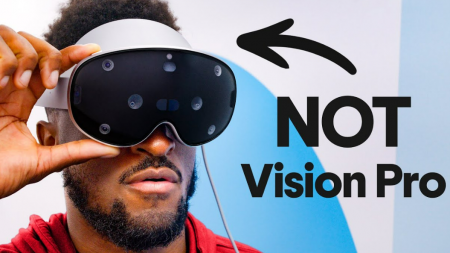Get on board with the bigwigs! the higher-ups will have a say in the changes, but it’s important that you’re also on board with the organization’s transformation.
I have seen a lot of articles on technology recently talking about the death of Agile. For the unversed which would be rare in this reading space, Agile is an IT term in technology delivery. Chat GPT says ‘ Agile delivery is a software development methodology that emphasizes iterative development, team collaboration, and customer feedback. It is designed to help teams deliver software products quickly and efficiently, while also ensuring that the software meets the needs of the customer.’ Agile delivery is an advocate for iterative and time-boxed development, promotes team collaboration and delivers a minimally viable product. It does so by utilizing regular customer feedback as a driving force for its constant evolution. Just to get the various forms of delivery out of the way for the sake of the discussion, here are some of the prominent delivery models for your leisure read!
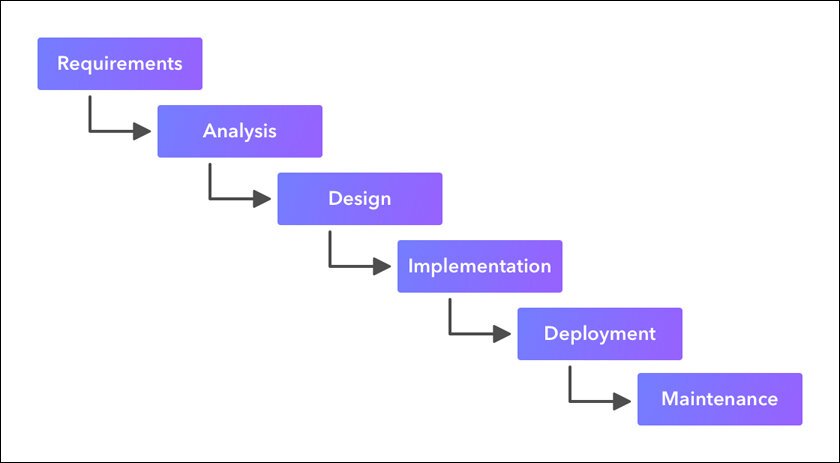
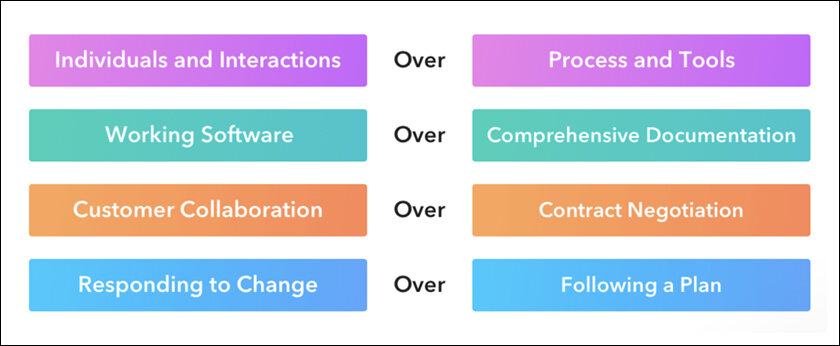
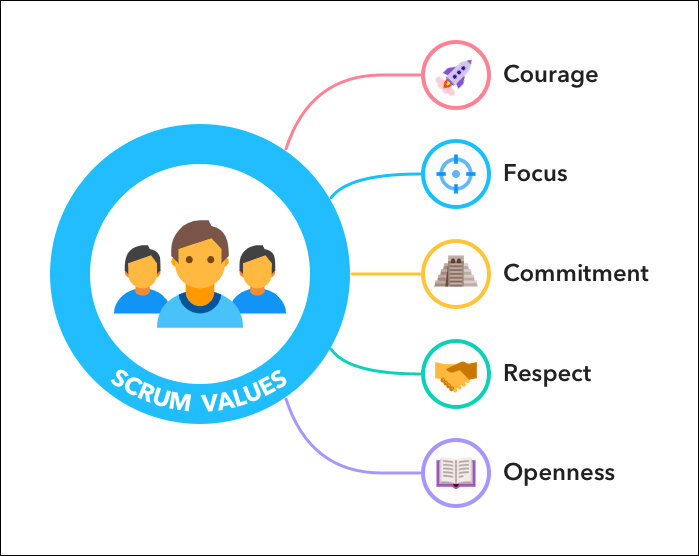
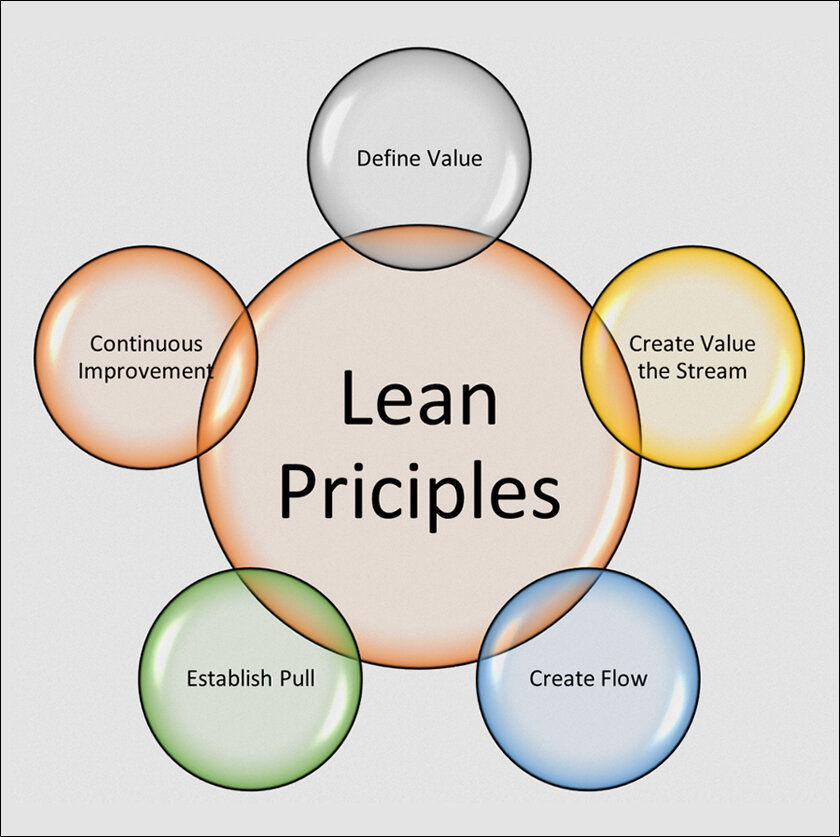
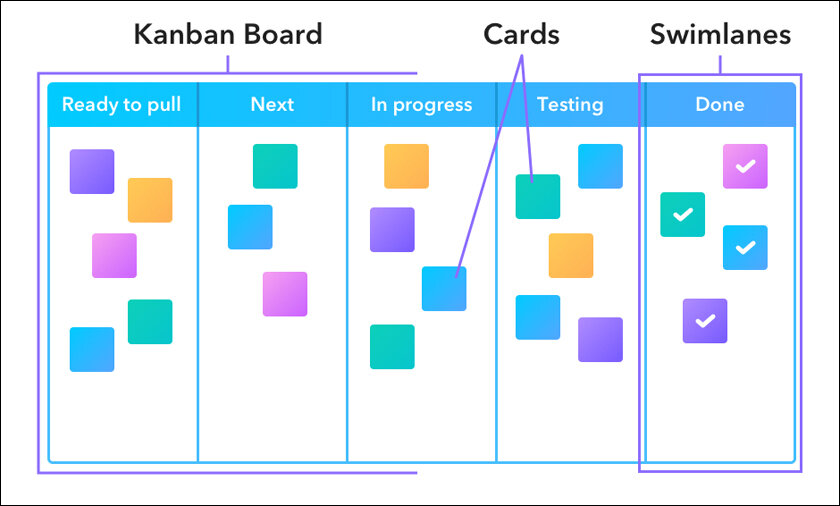
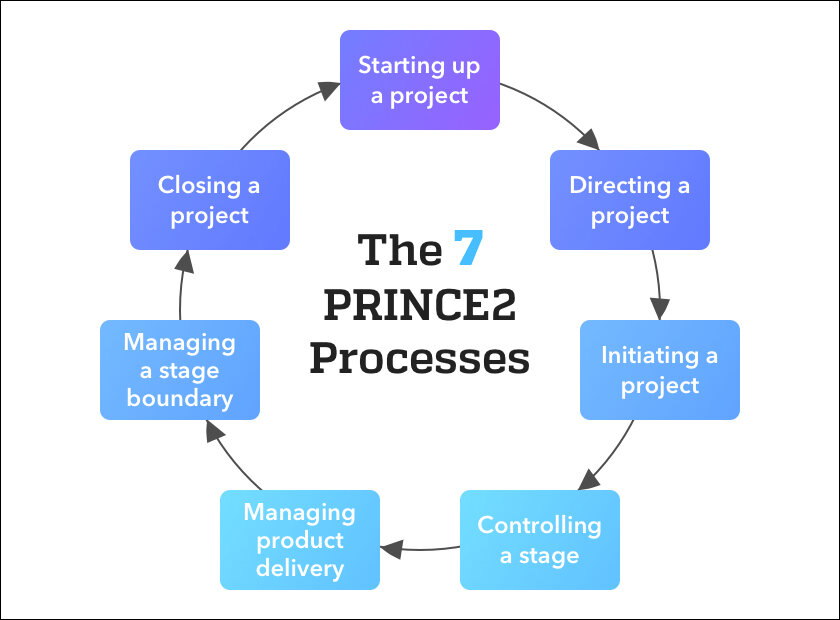
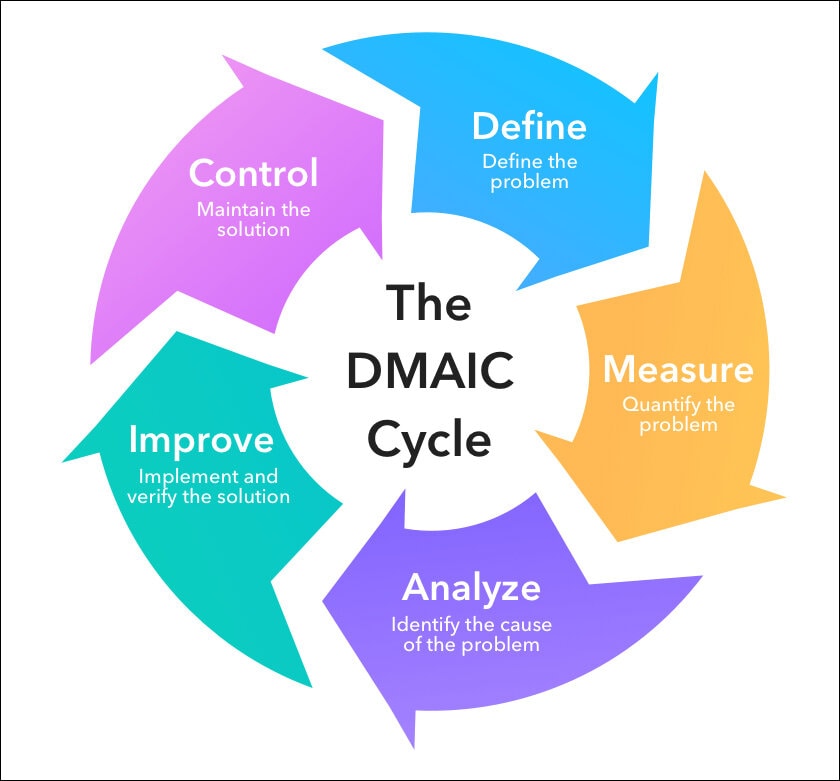
Exploring Technology Delivery Approaches: Agile, Lean, and Beyond
In today’s digital landscape organizations seek innovative approaches to deliver technology solutions. With cloud Computing, Software as a Service (SaaS), Platform as a Service (PaaS), Infrastructure as a Service (IaaS) and many other jargons, agile methodology has gained prominence as it embodies flexibility and adaptation through incremental delivery iterations or “Sprints,” ensuring frequent value delivery. Agile embraces adaptive planning, enabling a flexible approach to planning and accounting for necessary adjustments. Continuous improvement is fostered through collaboration, communication, and the principles of Lean, which aims to minimize waste and maximize value. Additionally, continuous learning is encouraged, promoting a mindset of experimentation and adaptation. Essentially, work is initiated based on customer demand rather than following a predefined process. Organizations frequently modify these approaches to fit their particular needs and contexts.
Technology delivery options have diversified, catering to organizational needs. Choosing the right model requires considering factors such as cost, security, scalability, and control. Informed decisions has helped organisations optimize IT strategies.
Is the death of agile true?
Projects risks favor hybrid approaches, to the widely-used methodologies discussed in this article, there are several other significant methodologies to consider. These include the Adaptive Framework, PRiSM, Critical Path Method, Critical Chain Project Management, and Crystal, among others.
As mentioned, some may contain their own strategies, components, and values that do not relate to other methodologies. It helps with increased speed, improved quality, increased customer satisfaction and reduced risk.So, NO agile is not dead, and will not die for a while!
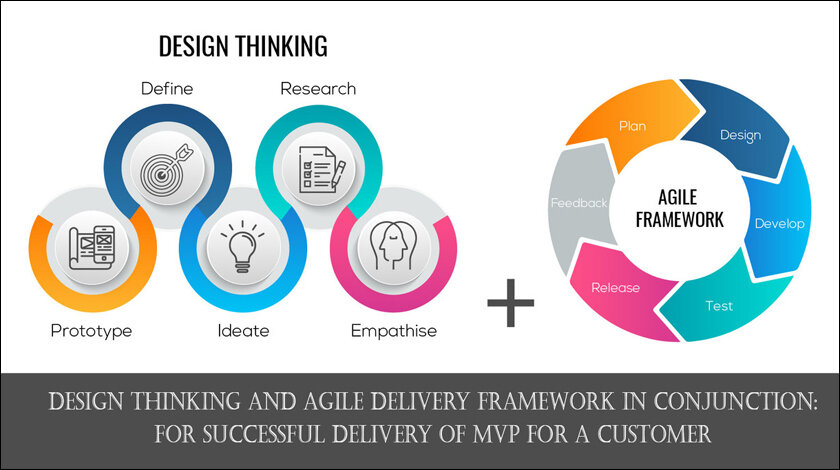
The question is, why should you care? So what?
Agile, Lean, and other technology delivery approaches offer valuable frameworks for organizations to navigate the challenges of modern software development. By understanding the principles and characteristics of these methodologies, decision makers can select the most suitable approach or combination of approaches to drive innovation, efficiency, and customer satisfaction. Embracing a culture of continuous learning, adaptability, and collaboration is key to delivering successful technology solutions in a rapidly evolving digital landscape.
If you are looking for a way to develop software quickly, efficiently, and with high quality, then agile delivery is still a great option. It would never be dead as it will always be a flavour of agile.
They key would be to stop talking and start doing. The key is to focus on the bottom line and focus on the customer and organisational needs. It is important to get hands dirty and stop being orchestrators. The roles like agile coaches and scrum masters will require to evolve with a higher understanding and SME skills including technical abilities and not be stuck in a bubble. Get on board with the bigwigs! the higher-ups will have a say in the changes, but it’s important that you’re also on board with the organization’s transformation. With all these new data-driven areas coming up and open systems like ChatGPT making it super easy to build stuff, it’s a no-brainer to embrace the change.
In case you missed:
- None Found









